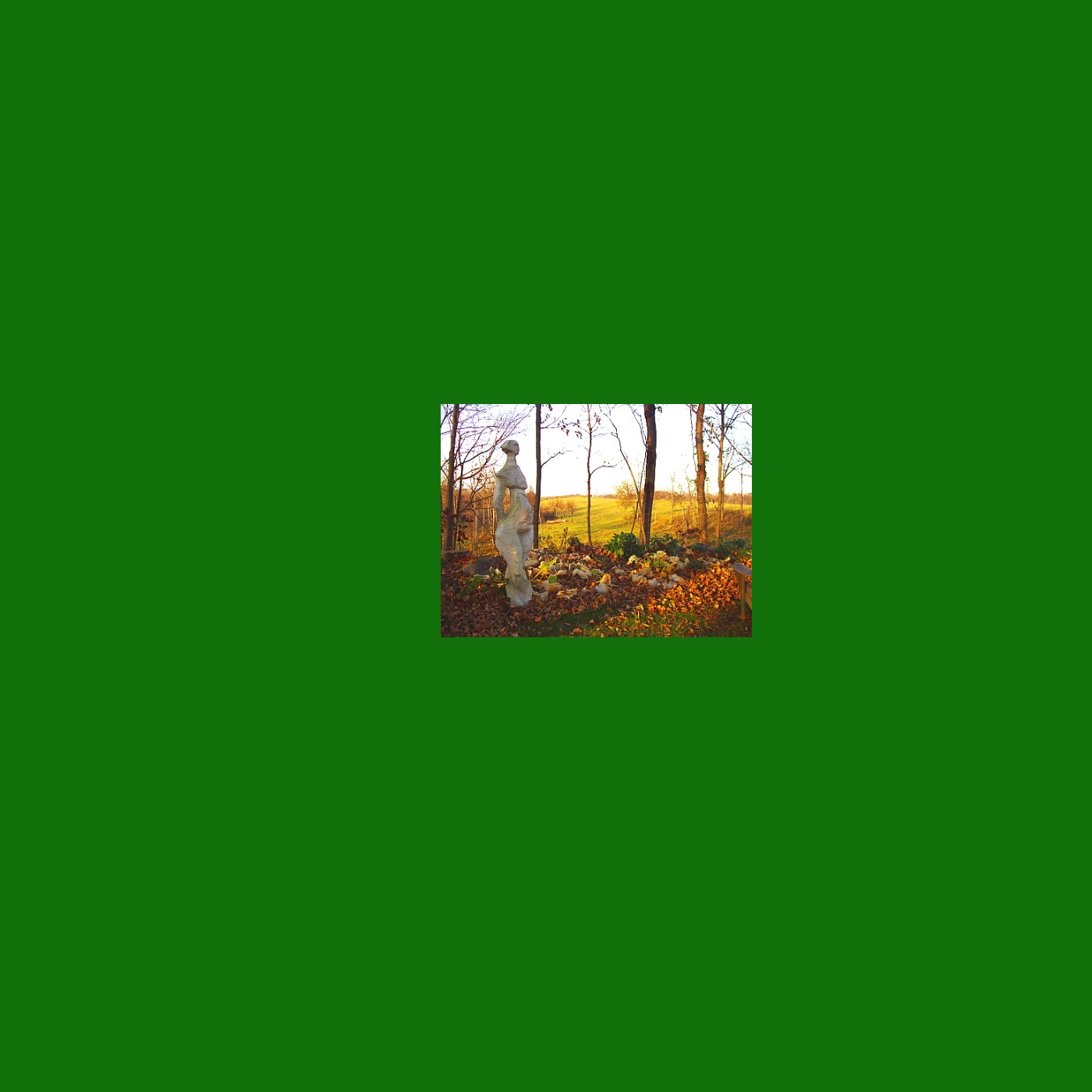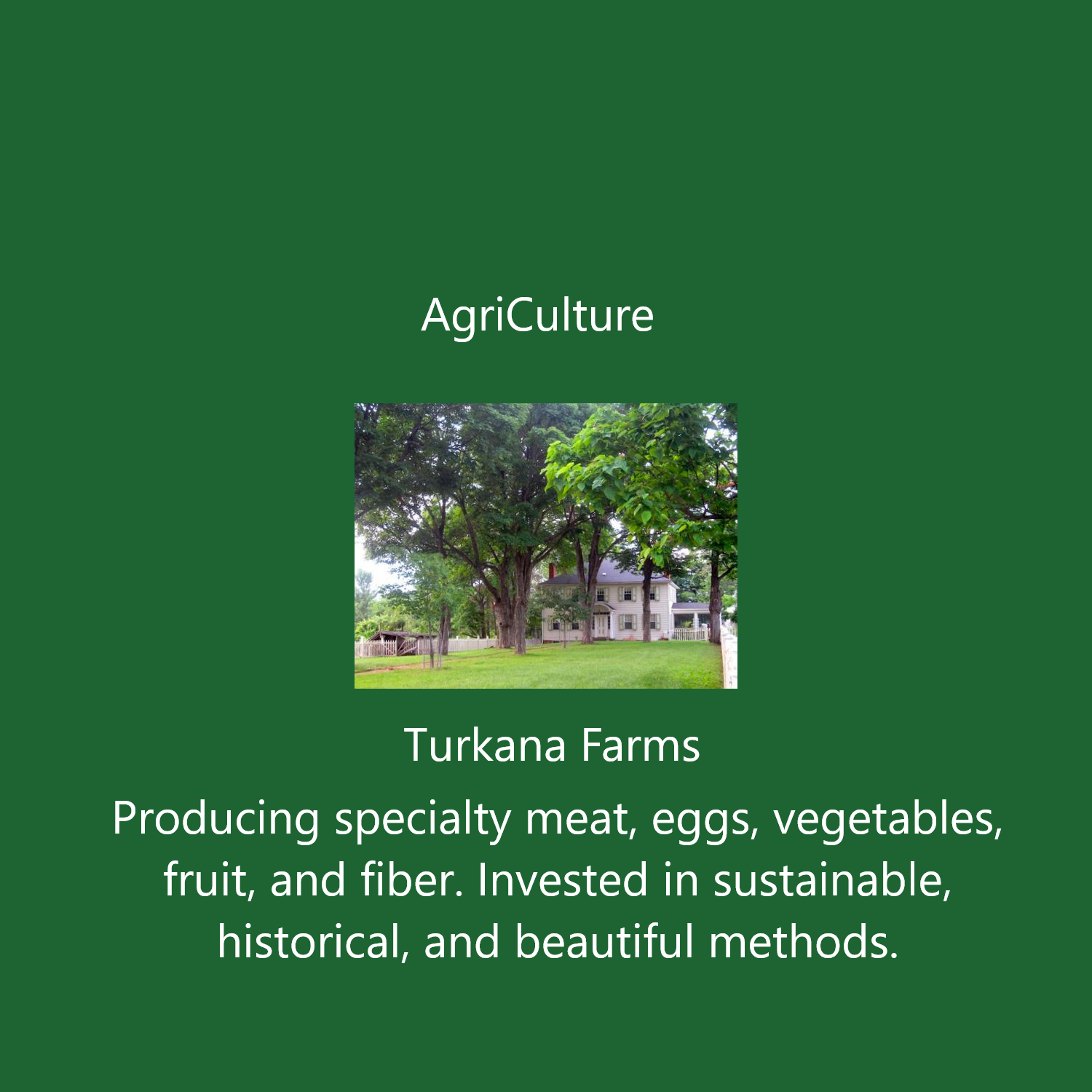TURKANA FARMS, LLCGreen E-Market Bulletin January 5, 2024Not quite at home in the country, circa 1954, Photo unattributedFrom the Start, at Two with NatureAn Introductory Note
The morning of the third day of this new year found me packing up belongings in my New York apartment and loading them in my car, preparing to surrender the lease and sever my last official connection to New York City. I wasn't sentimental about it; I hadn't slept there in over three years.In the evening of the third day, back on the farm, a stranger called me. He wanted to connect because he had found on line a 2010 bulletin containing my youthful recollections of summers at a bungalow colony in the Catskills, the same one where he spent summers a generation later.I dug out that bulletin and after rereading it decided to reprint it this week. Not because of my innate laziness, but because I thought it was so appropriate, as I make this change, to be reminded of how strange it is for me to have chosen to be in the country full time. I hope those few of you who were reading this bulletin 14 years ago will excuse this little recycling of history. New years are for looking forward, but also looking back.Hi All, Mark here.An interest in farming did not come naturally to me. Mine is the enthusiasm of a convert. In fact, you might say my early life was characterized by a profound alienation from the natural world. I’m not sure I fully understand my own transformation, but any understanding has to start with knowing just how distanced from this world I was.My early childhood was spent in a six-story apartment building in the Bronx. There were some single family homes down the block, with tiny squares of grass and a tree or two, but the view from our window was overwhelmingly of concrete and asphalt. The same could be said of my nursery school and kindergarten, and of the walks to and fro. I’m told that when I was an infant and my parents placed me on the swath of grass in the middle of Pelham Parkway (in the nearby neighborhood where my mother’s parents lived), I cried every time I made contact with the strange surface.From an early age, I did come in contact with a rural environment of sorts, but I think you could fairly say nature was something I had touched but not been touched by. We spent summers at Warman’s Bungalow Colony, owned and operated by my grandfather and his brothers and sister, in Swan Lake, NY—the Catskills. It had once been a dairy farm, but its former agricultural features had all been transformed to new uses: the barn became the “casino,” site of circuit-riding borscht belt entertainments, bingo games, and itinerant dress sales; the annexed utility rooms became my Tante Jenny’s grocery store and apartment; the chicken coop became the laundromat. And the pastures were populated by bungalows (called “kuch aleyn”, or “cook on your own” in Yiddish).The life of the bungalow colony was more or less that of an urban neighborhood plunked down in the country. I gravitated between Jenny’s grocery, where my beloved great aunt would indulge me with chocolate marshmallow twists from the freezer, the “lake,” a former cow watering pond where we swam, and the tables set up in the cool shade in front of some of the older bungalows, where I would contentedly listen to the click of the tiles and calls of “one crack, two bam” as my mother and grandmother played endless games of mah jongg. (This was a matriarchy where the fathers appeared to great excitement Friday night and disappeared back to the City again on Sunday.)There was a farm that still operated up the road, but we never went there. Nor did we kids explore the surrounding woods, which seemed dangerous and forbidding. The one open area, at the far end of the property, contained the baseball field and handball court. I only occasionally played baseball. Standing far out in right field (for I was a terrible player relegated to where I would do the least damage), I experienced nature principally as the unpleasant buzz of swarming gnats in the hot sun.The only time, indeed, that I can remember venturing on foot into the “country” was to accompany my grandmother to a large scrubby field full of high bush blueberries across the road. I have vivid memories of the heat, the crescendos of katy-dids, and the scratches to our arms and legs as we filled large enamel cooking pots with the berries. Our discomforts were forgotten when we sat down to one of our favorite summer suppers, blueberries and sour cream.When I was part way through kindergarten, my family joined the exodus to the suburbs, in our case northern New Jersey. You might think this would have introduced me to nature and the outdoors, but in 1950s New Jersey the grass only existed to be mowed. We had no vegetable or even flower gardens, just the classic Ozzie and Harriet foundation plantings. The nearby woodlands, which had not yet been bulldozed for housing tracts, were not particularly dark or deep. While I did at times play there, I don’t think I ever distinguished one tree or bush from another.Not until high school and the late 1960s did I begin to spend a significant amount of time out of doors. While I began to appreciate nature in a fashion, there was still a distance between me and my surroundings, viewing them as I did through the lens of an aspiring suburban hippie; that is to say, through a haze of marijuana smoke. “Grooving” on plant life in parks is a pretty narrow way of relating to it. I naively fashioned myself an anarchist, whose ideal was to live in a self-sufficient agricultural commune. Yet even on the verge of leaving home for college, I could not have told you what a string bean plant or a beet in the ground looked like.Leaving my suburban cocoon for college first made me aware of how constricted my relationship to the world of growing things had been. It was a revelation to visit the home of my best friend, George, and to be sent out to the asparagus patch in his back yard to pick spears for dinner. I had never before tasted asparagus, let alone known how it grew. While I reveled in such discoveries, the encounter with other young people who seemed comfortable with the natural world, veterans of Outward Bound or members of the hiking club, made me entirely ill at ease, giving me a tremendous feeling of inadequacy.My self-protective response was to adopt the persona of a staunch urban nihilist, espousing only half tongue-in-cheek a “pave the world” philosophy. Certainly I had the conventional appreciation of beautiful gardens and country landscapes, but only as a foil for what really mattered—the city and most of all New York City. And so I arrived at young adulthood, still alienated from nature, and a most unlikely future farmer in every way.I will leave my story here for now, only to marvel at how strange it is to find myself with the farm as my comfort zone.A forlorn, deteriorated "kuch aleyn" in 2004 at the former Warman's Bungalow Colony photo by Mark ScherzerAttention Christmas Tree DismantlersYour unsprayed Christmas trees, once denuded of decorations, become a welcome snack for the sheep. Feel free to drop yours by.WHAT'S AVAILABLE THIS WEEKEggs are plentiful and about to get more so, as the new chickens I started in August will start laying soon.In the red meat department, frozen lamb:Butterflied legs of lamb $16/lb
Rib or Loin chops (packs of 2) $14/lb
Small racks of lamb $14/lb
Riblets (breast of lamb) $8/lb
Lamb shanks (packs of 2) $12/lbIn the not so red meat department, frozen heritage breed turkeys, raised on organic grain, see below, $12/lbIn the vegetable department:The garden is finished for the season. We can still dig:
Horseradish root: $2/lb.In the yellow and white palette: Eggs: $6/dozenWHAT ELSE IS AVAILABLE THIS WEEK -
AN 1878 SQUARE GRAND PIANO FREEThat's right folks, I have finally as of July 27 received a Department of Environmental Conservation permit to transfer this antique piano, with its ivory keys. It has a venerable history and I want to find it a good home. You'd just need to come get it. Please email me at
[email protected] or call at 917-544-6464 if you'd like to make it yours.HOW ABOUT A NEW YEAR'S TURKEY?HERITAGE BREED TURKEYS: This year we raised Holland Whites, Chocolates and Blue Slates. We still have frozen a couple in the 8 to 9 lb range, and about 6 birds ranging from 11 to 15 lbs. They were delicious for Thanksgiving. Fed on organic feed, pastured all day once they got big enough to go out, $12 lb
FARM PICKUPS:Email us your order at
[email protected], and let us know when you'd like to pick up your order. It will be put out for you on the side screened porch of the farmhouse (110 Lasher Ave., Germantown) in a bag. You can leave cash or a check in the now famous pineapple on the porch table. Because I'm now here full time, we're abandoning regular pick-up times. Let us know when you want your order any day between 10 and 5, and unless there are unusual circumstances we'll be able to ready it to your convenience. If you have questions, don't hesitate to call or text at 917-544-6464 or email.
HEAR OUR SHOWIf you'd enjoy hearing these bulletins out loud instead of reading them, we broadcast them on Robin Hood Radio, the nation's smallest NPR station. You can find it on FM 91.9, AM 1020, WBSL-FM 91.7 "The Voice of Berkshire School" or streaming on the web at
www.robinhoodradio.com, where podcasts of past broadcasts are also available under the title AgriCulture in the "On Demand" section. FM 91.7 "The Voice of Berkshire School"can be heard from just south of Pittsfield to the CT border. You can hear the station on WHDD FM 91.9 from Ashley Falls, MA down through the Cornwalls and in NY from just south of Hillsdale down to Dover Plains. You can hear the station on AM1020 from Stockbridge, MA to Kent and from Poughkeepsie to Pawling to Kent, Goshen, Torrington, Norfolk, and Ashley. Recently added for those in the Route 22 corridor from Ancram down to Pawling is FM frequency 97.5 And of course you can listen in our own neighborhood of Southwestern Columbia and Northwestern Dutchess County, where it is being broadcast from Annandale on Hudson, 88.1 FM.
FOLLOW USThe bulletins may also now be found in written form on line as well, at the Germantown, NY, portal of
http://imby.com/germantown/userblogs/agriculture-turkana-farms/


